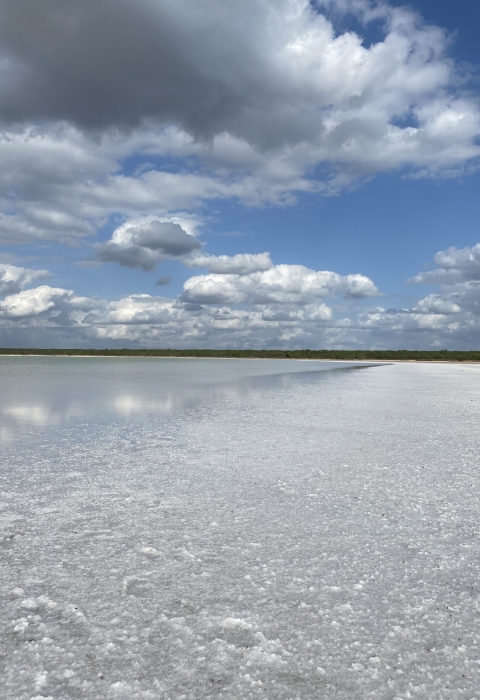Visit Us
Seven days a week from sunrise to sunset, you can enjoy the many destinations and observation decks on the Lower Rio Grande Valley National Wildlife Refuge. The refuge has nearly 40,000 acres open for you to enjoy wildlife-related activities, including wildlife watching, hiking, and wildlife photography. And additional 6,000 acres are open to hunting.
Location and Contact Information
About Us
The Lower Rio Grande Valley National Wildlife Refuge was established in 1979 with a management priority to protect biodiversity. As a wildlife corridor, the refuge follows the Rio Grande along the last 275 river miles. It connects isolated tracts of land managed by private landowners, non-profit organizations, the State of Texas, and two other National Wildlife Refuges: Laguna Atascosa and Santa Ana.
What We Do
Refuges use a wide range of land management tools based on the best science available. Some refuges use prescribed fires to mimic natural fires that would have cleared old vegetation from the land helping native plants regenerate and local wildlife to thrive. Other refuges contain Wilderness areas where land is largely managed in passively. The management tools used are aimed at ensuring a balanced conservation approach where both wildlife and people will benefit.
Our Species
Known as the lower Rio Grande Valley, the lower four counties of Texas contain a documented 1,200 plants, 300 butterflies, and approximately 700 vertebrates, of which at least 520 are birds. The Lower Rio Grande Valley National Wildlife Refuge was established to protect this important biodiversity.
